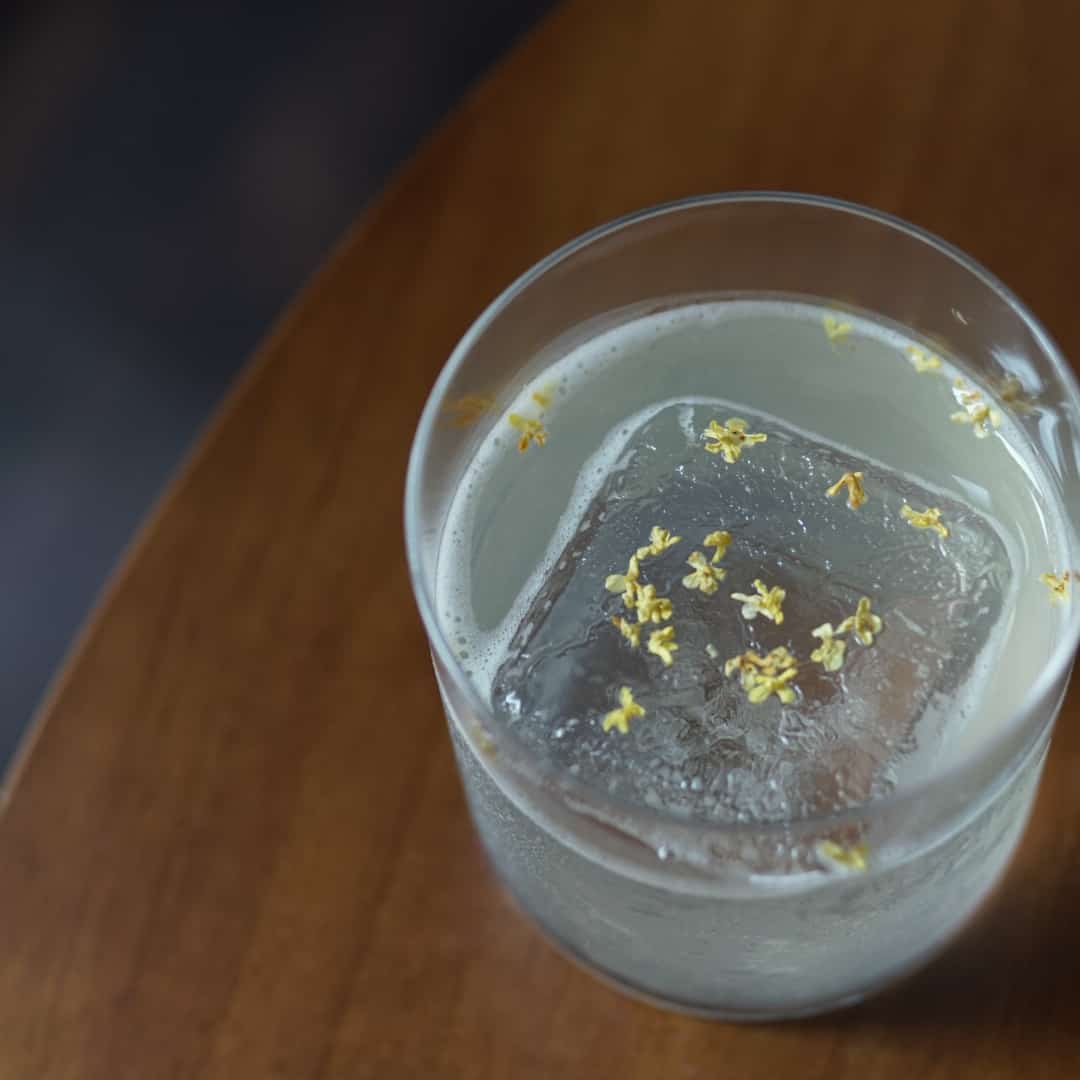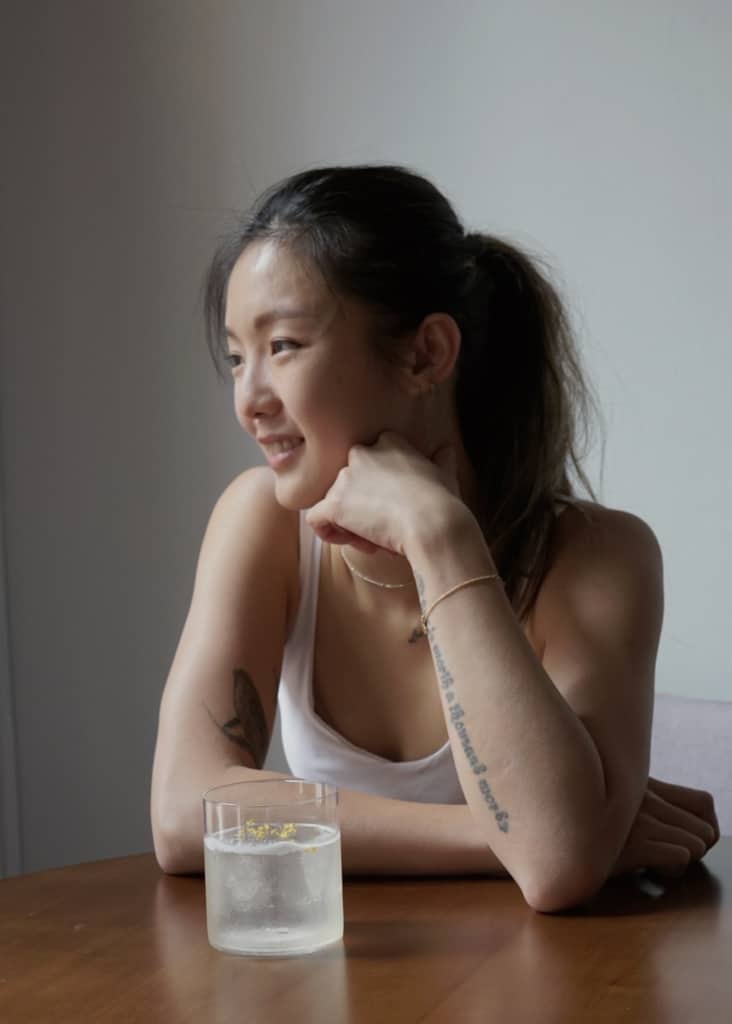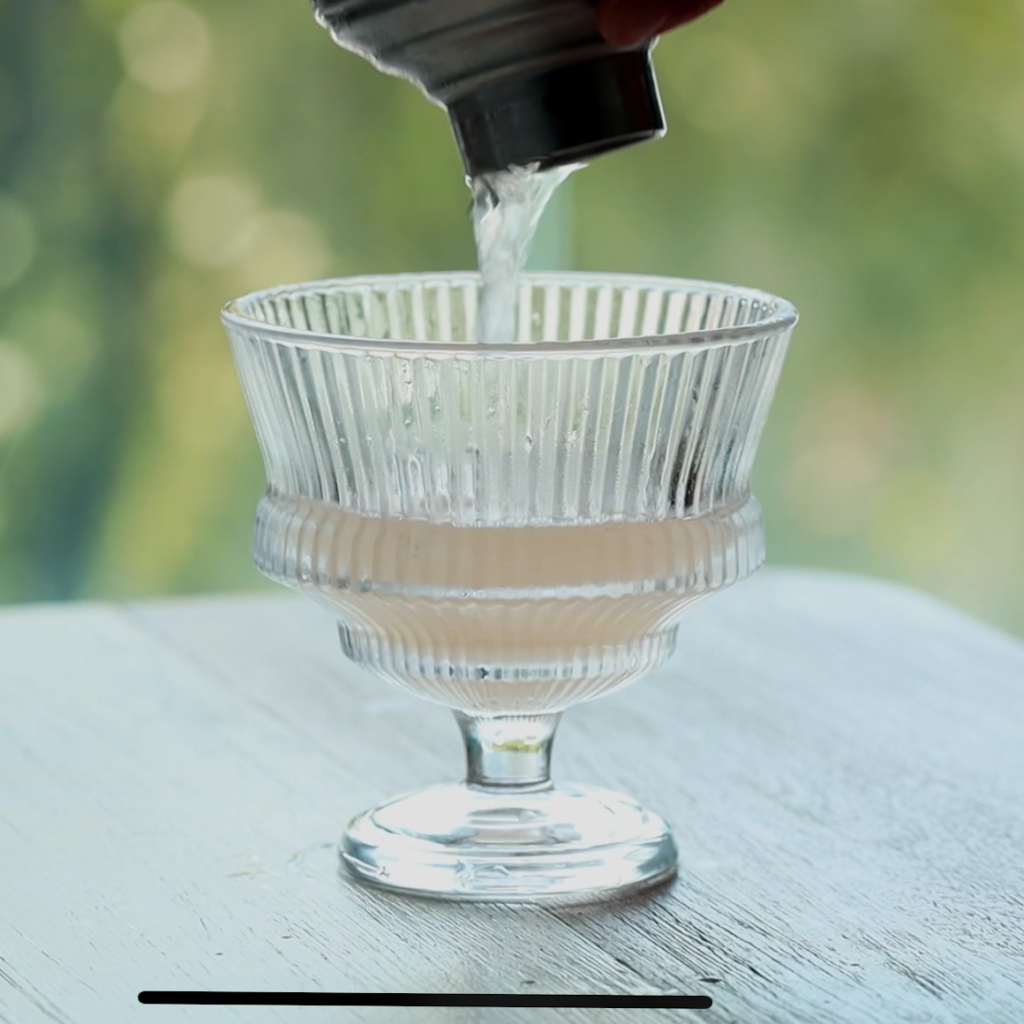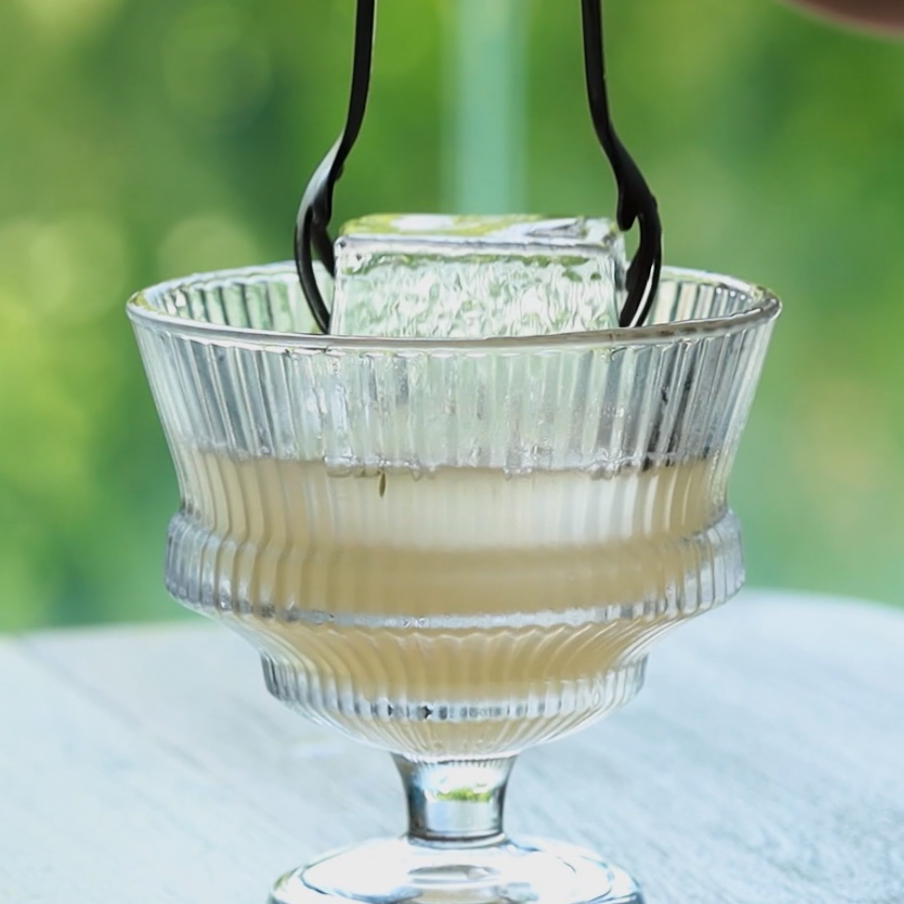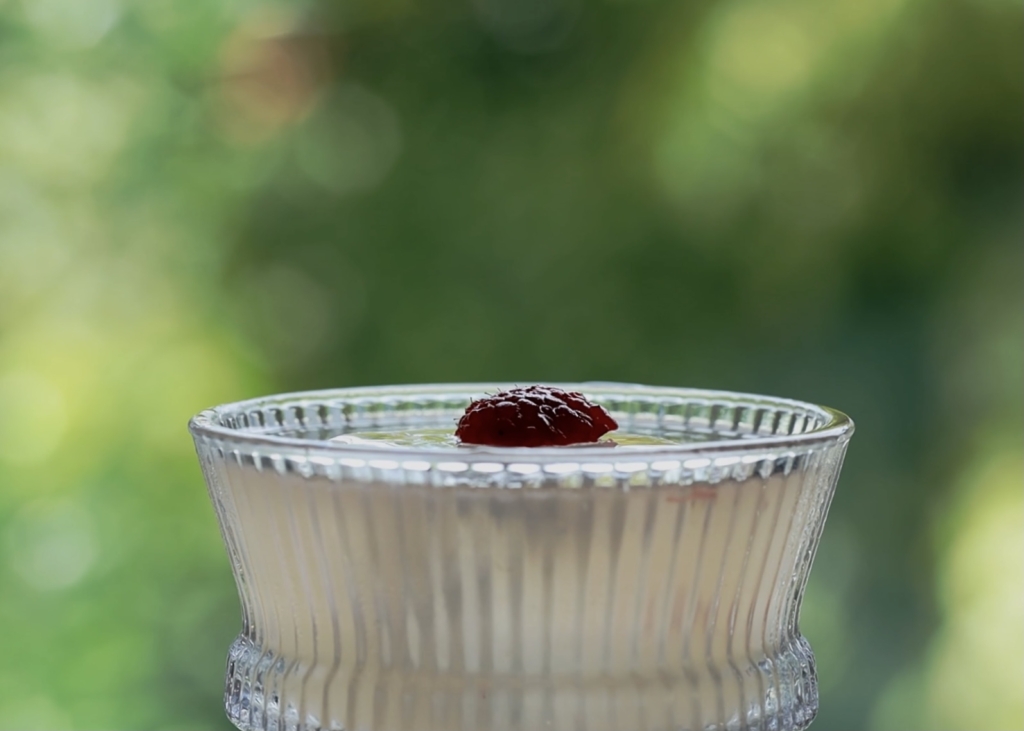Bread and Butter: Try this Family Recipe from Hong Kong Sourdough Specialists, Baked HK
During the early stages of the pandemic, many people grappled with how to handle an unprecedented amount of downtime. Stuck indoors while coping with the stress and uncertainty of the situation, people seemingly began moving en masse to more hands-on, wholesome activities – think puzzles, pet adoption, or the Dalgona whipped coffee trend.
But no trend was more popular, prevalent, and posted about on social media than the rise of home baking. Everyone from well-known culinary pros like Martha Stewart and Top Chef host Padma Lakshmi to celebrity amateur bakers like Chrissy Teigen, Khloe Kardashian and Kate Bosworth shared their baked creations with hungry followers, while pantry staples like flour and yeast sold out in supermarkets around the world.
Sourdough, in particular, captured the hearts of millions. As a naturally leavened bread – meaning it uses wild yeast to rise as opposed to commercial – sourdough is known for its nutrient-dense, flavorful, and satisfyingly chewy characteristics. It’s also more challenging to bake with than standard loaves. Novice bakers must contend with what’s known as a sourdough “starter”, a fermented flour and water mixture made with wild yeast and live bacteria, which requires legwork to cultivate, feed and maintain.

For the uninitiated, sourdough starters are a ripe, thriving environment of different yeast strains and bacteria. And each type of yeast possesses different behaviors and characteristics that impart complex flavors and aromas. That’s a big part of the intrigue of working with sourdough – there’s always an element of mystery about how it will all turn out.
Some yeasts, for example, produce the smell of artificial banana, while others are known for delivering nutty, earthy, mushroomy, vinegary or even metallic taste profiles. Thanks to lactic and acetic acids produced by environmental bacteria, a slightly sour flavor – which gives this baking style its unique name – also develops.
When properly cared for, a sourdough starter can provide yeast for decades or even centuries. When it comes to the sourdough at Baked, a popular all-day brunch cafe in Hong Kong, their in-house starter has been passed down over several generations – a legacy recipe that has traveled the world and brought joy to many.
Baked’s owner and head chef is South African Zahir Mohamed. He arrived in Hong Kong six years ago, carrying only his most prized possessions – namely his suitcases, his savings, and a jar of his grandmother’s 54-year-old sourdough starter.
“The best sourdough is always handmade because it requires the ability to slowly build and strengthen the gluten inside. It’s what gives the dough a stretchy consistency and causes it to rise properly,” explains Zahir. “That’s why the folding process is key – if you rush through it, you’ll be disappointed by what turns out.”



In 2017, Zahir leased a blink-and-you’ll-miss-it venue on the slopes of Hong Kong’s trendy Soho neighborhood, putting his grandmother’s handed-down sourdough starter front and center on the menu. The restaurant quickly took root as a spot for decadent dishes that showcased the versatility of sourdough. From basil-infused Eggs Benedict on buttery sourdough toast to sourdough cinnamon buns smothered in cardamom cream-cheese icing, baked eggs with aged gruyere and chili nestled inside a sourdough brioche bun – Baked became a firm favorite among the city’s foodies.
Descended from a long line of bakers – six generations in total stretching all the way back to his ancestral homeland of Egypt – Zahir says the key to pulling off a perfect loaf is deceptively simple: all it takes is patience.
“Sourdough gets a bad rep for being difficult, but the truth is it’s quite easy to master,” he says. “At Baked, where I prepare all the sourdough goods, I’ll start a batch, do 10 folds of the dough, then leave it for a few hours while I go about my day. I’ll come back to it several times – I’m constantly on a 48-hour rotation with my bread.”

If you’re feeling inspired, try elevating your home baking with this beloved family recipe. Just be prepared for a sharp learning curve – sourdough can be a relatively complicated type of bread to make, but you’ll get the hang of it after a few tries.
We recommend enjoying fresh out of the oven, served on BOMSHBEE’s Tinge Clay dinnerware alongside a Posh Marble & Wood Serving Board or Eclipse Oval Serving Platter loaded with flavored butter, artisanal jams and cured meats.
The Recipe: Baked’s Spelt & Whole Wheat Sourdough
Yield: Makes 2 x 900g loaves.


INGREDIENTS:
Levain
- 60g mature liquid sourdough starter
- 35g stone ground whole wheat
- 35g stone ground spelt
- 35g stone ground bread flour
- 70g water (room temperature)
Dough
- 804g white bread flour
- 100g stone ground spelt
- 73g stone ground whole wheat
- 755g warm water (around 49℃/ 120℉)
- 18g fine sea salt
- 150g mature liquid levain
DIRECTIONS:
1. First, you’ll need to build a levain. A levain is an off-shoot of a sourdough starter that has been fed with big volumes of flour and water – it’s basically a larger version of your sourdough starter that can be adjusted for the recipe at hand without affecting the “mother” starter.
Build your levain in the morning, and store somewhere warm – around 30°C (86°F) – for 5-6 hours. Alternatively, make it in the evening and leave out overnight in a cooler temperature (25°C/77°F) and it should be ready in 10-12 hours.
2. Roughly 3.5 hours later, you’ll need to make an autolyze. This is a process that involves gently mixing flour and water together, then letting it rest. In a separate bowl, mix the white flour and water, reserving 50g of water. Ensure the dry flour is hydrated very well before covering. Store near the resting levain for around 90 minutes to ensure the dough remains warm.
3. Scoop out 150g of levain and mix with the autolyze, using about 30g of reserved water to help incorporate the two mixtures. Wait 30 minutes.
4. After a half hour, spread salt on top of the dough, using the remaining water to help it dissolve. If your dough is already quite wet, you don’t have to use any more water. Simply spread it out and mix well by hand, letting the existing hydration dissolve the salt. Salt slows the pace of fermentation, so leaving a 30-minute window beforehand gives your sourdough more time to activate.
5. After the salt is incorporated, fold the dough by hand for about 2-3 minutes in the bowl. Folds are done by grabbing under one side, and pulling up and over to the other side, then repeating by turning the bowl. Do this around 30 times. When you’re done, the dough should be a little smoother, and will start to hold itself together slightly more in the bowl.
6. Bulk fermentation is the first rise of your sourdough, when the dough ferments in a large, single mass. Transfer the dough to a tub or thick-walled bowl for bulk fermentation, leaving it to sit in 30°C/86°F ambient temperature for about four hours.
During the bulk fermentation period, perform six sets of folding and stretching: the first three at 15-minute intervals, and the last three at 30-minute intervals. Pick up one side of the dough with both hands and really pull it up, just before the point of tearing, then fold it over to the other side. Rotate your container and repeat 4-5 times. That is one set. After completing these folds (a total of 2 hours and 15 minutes) let the dough rest for another hour and 45 minutes.
7. It’s important to keep the dough as close to 30°C as possible (minor fluctuations up and down are fine). If the temperature drops, you might have to extend the duration of bulk fermentation to compensate, and vice versa.
8. At the end of bulk fermentation, your dough should look very gassy, with sporadic bubbles, and slightly domed edges where the dough meets the bowl. When the bowl is shaken the entire mass jiggles from side to side as though it’s alive! You’ll notice that compared to before bulk, the dough is smoother and holds its edges, folds, and creases more readily.
9. Divide the dough into two equal portions, each weighing roughly 900 grams. Let the dough rest for five minutes, before lightly shaping each mass into a round, using a large kitchen knife. Try to use your hands as little as possible at this stage. Cover each round with an inverted bowl or moist towel, then let rest for 20 minutes.
10. After 20 minutes, remove the towel or bowl, then let dough rest 5 more minutes exposed to air. This helps to dry the dough out slightly, so it’s not as sticky and easier to work with during shaping.
11. Lightly flour the top of your dough rounds and your work surface. With this recipe, use a little more flour on the surface than normal, the dough will be extremely sticky and wet. Flip each round and shape into a boule, batard, or your preference of shape.
12. After shaping, let dough rest for a few minutes before moving into a banneton (or a large bowl) that has been lightly dusted with all-purpose flour. Cover with plastic and leave for 20 minutes, before moving into the refrigerator for 15-16 hours.
13. The next day, remove from the fridge and score dough using a razor or very sharp knife.
14. Preheat the oven for 15 minutes at 250°C/482°F. Bake for 20 minutes at 240°C/464°F with steam (place a water-filled ramekin inside the oven), and an additional 20 minutes at 220°C/428°F, or until done to your liking.
15. Remove, let rest, then enjoy warm with butter or your choice of spread!



